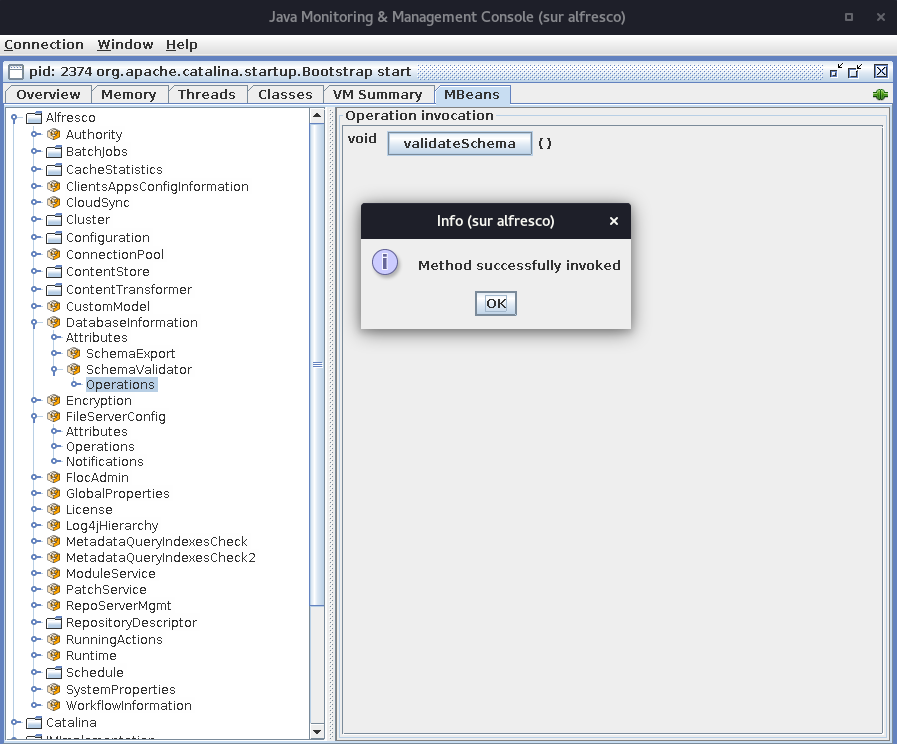

Or, to make sure you don’t inadvertently insert data into the wrong column, you can explicitly state each column: INSERT INTO Pets ( PetId, PetName, PetType )Īfter running one of the above statements, the table now looks like this: SELECT * FROM Pets This resulted in the row being inserted without error. Migration squashing is only available for the MySQL, PostgreSQL. Here, I removed the last expression ( Brown) from the VALUES list. If you have ever had to tell a teammate to manually add a column to their local. Remove the extra expression: INSERT INTO Pets VALUES ( 3, 'Wag', 'Dog' ) Here, I tried to insert four expressions into a table that only has three columns. LINE 1: INSERT INTO Pets VALUES ( 3, 'Wag', 'Dog', 'Brown' ) Result: ERROR: INSERT has more expressions than target columns regression alter table foo add column 'saveState' varchar (1) default '0' ALTER TABLE. A quick test with 8.3 on my oldest and slowest machine: regression create table foo as select generateseries (1,14000) as x SELECT.
POSTGRESQL ADD COLUMN HOW TO
Here’s how to generate the error: INSERT INTO Pets VALUES ( 3, 'Wag', 'Dog', 'Brown' ) only 14000 rows, it doesn't seem like it should take that long.

Now, suppose we want to insert another row. Suppose we have a table like this: +-+-+-+ As others have observed, you must either create a nullable column or provide a DEFAULT value. Step 3) Type the query in the query editor: ALTER TABLE Book ADD author VARCHAR (50) Step 4) Click the Execute button. Step 2) From the navigation bar on the left- Click Databases. In other words, make sure you’re inserting the correct number of columns. To accomplish the same through pgAdmin, do this: Step 1) Login to your pgAdmin account. To fix, remove the extra expression/s from your INSERT statement. The syntax to add a new column to an existing table is quite straightforward. wrap it in an anonymous function to run - requires PostgreSQL 9.If you encounter an error that reads “ INSERT has more expressions than target columns” when trying to insert data in Postgres, it’s because you’re trying to insert data into more columns than the table actually contains.įor example, you might be trying to insert four expressions into a table that contains just three columns. Now if you want it to also execute because you are running it as part of an sql script, you could wrap it in an anonymous function. ,field5 varchar ( 255 ),field6 varchar ( 255 ),field7 varchar ( 255 ) 9.0+ syntax (string_agg was introduced in 9.0) SELECT ' CREATE TABLE data_import( ' | | string_agg ( ' field ' | | i :: text | | ' varchar(255) ', ', ' ) | | ' ) ' FROM generate_series ( 1, 10 ) As i īoth variants will return output that looks like this: CREATE TABLE data_import (field1 varchar ( 255 ),field2 varchar ( 255 ),field3 varchar ( 255 ),field4 varchar ( 255 ) Here is a quick script to do it: - 8.4+ syntax SELECT ' CREATE TABLE data_import( ' | | array_to_string ( array_agg ( ' field ' | | i :: text | | ' varchar(255) ' ), ', ' ) | | ' ) ' FROM generate_series ( 1, 10 ) As i

Or perhaps you were feeling in a sadist mood and wanted to abuse your PostgreSQL database to see how many columns you can create in a table of a specific data type. You need to create a table to hold this stuff. Ever have the need to create a holding table say spreadsheet data with say 100 columns.


 0 kommentar(er)
0 kommentar(er)
